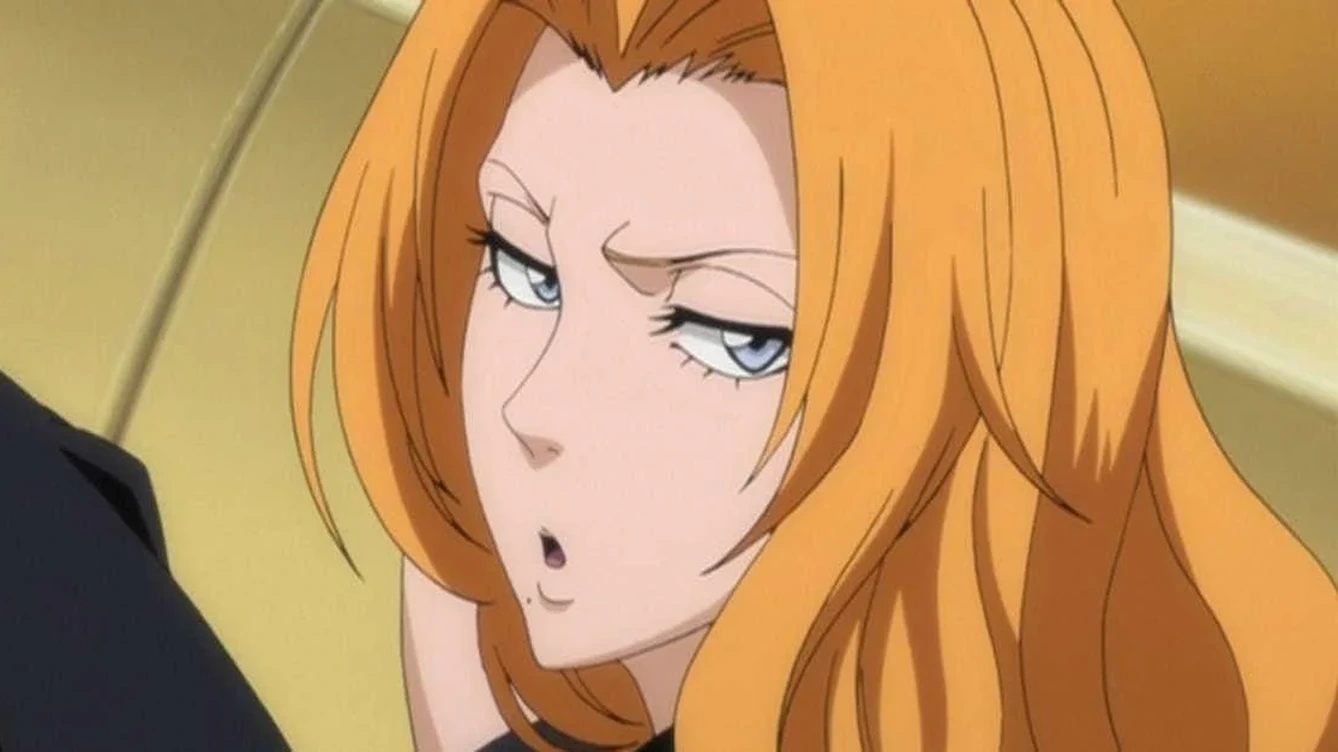Shojo manga, originally developed to cater to young female readers, has undergone a remarkable evolution over the decades.
Beginning with seminal works like Osamu Tezuka’s Princess Knight and Riyoko Ikeda’s The Rose of Versailles in the mid-20th century.
The genre established its foundation in romantic stories intertwined with themes of adventure and personal growth.
These early series introduced strong female protagonists handling complex relationships and societal expectations, setting a precedent for the genre’s future evolution.
As shojo manga progressed into the 1980s and beyond, it diversified both thematically and stylistically.
The emergence of titles like Naoko Takeuchi’s Sailor Moon brought magical girl elements into the forefront, blending romance with action-packed adventures and themes of friendship and self-discovery.
Concurrently, series like Natsuki Takaya’s Fruits Basket explored deeper emotional complexities, addressing themes of family dynamics, identity, and personal transformation within a supernatural context.
In the present day, shojo manga continues to thrive on digital platforms, reaching a global audience and embracing diverse representations of relationships, gender identities, and cultural backgrounds.
Contemporary works such as Io Sakisaka’s Ao Haru Ride and Tomo Takeuchi’s Kono Oto Tomare! exemplify the genre’s ability to resonate with readers through nuanced character development and realistic portrayals of emotional dynamics.
This ongoing evolution underscores shojo manga’s appeal and its capacity to reflect and engage with evolving societal norms and reader expectations.
1) Nana
Debuting in May 2000, Nana manga quickly made its mark not just in shojo but also in josei manga circles, despite running in the shojo magazine Cookie.
The series revolves around two young women in their twenties who forge a deep friendship while handling the complexities of their aspirations, dreams, and romantic endeavors.
Set against a backdrop of music, fashion, and urban youth culture, Nana impressed the readers with its vibrant portrayal of contemporary life.
What sets Nana apart is its unflinchingly realistic depiction of both romantic entanglements and platonic bonds.
Creator Ai Yazawa skillfully explores the challenges and joys of adult relationships, resonating deeply with audiences seeking stories that mirror their own experiences.
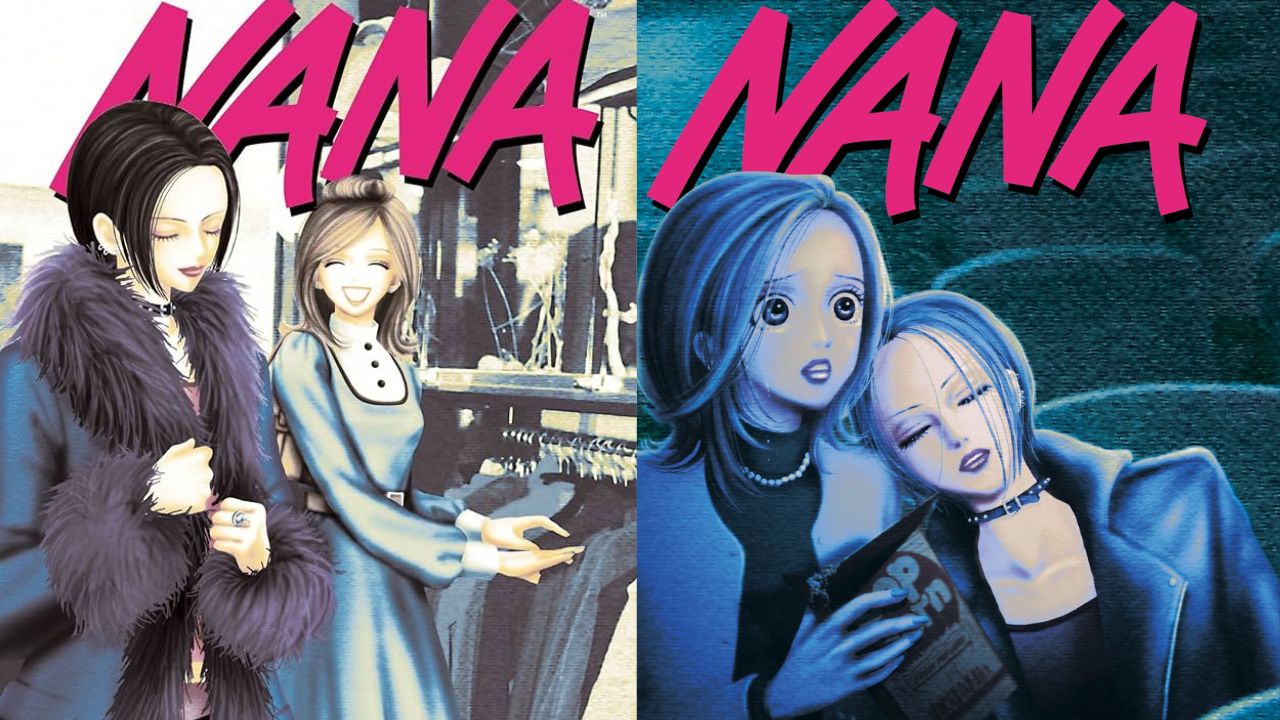
This authenticity has propelled Nana beyond manga pages to inspire a 47-episode anime adaptation, two live-action films, and multiple tribute albums, solidifying its cultural impact.
Through its compelling characters and nuanced storytelling, Nana has left an indelible mark on both the shojo and josei manga genres.
Its exploration of friendship, love, and personal growth continues to attract readers seeking stories that explore the complexities of adulthood with sincerity and depth.
Yazawa’s creation stands as proof of manga’s ability to reflect and shape contemporary social stories.
2) Fruits Basket
Debuting in July 1998, Fruits Basket has become a cornerstone of manga and anime, known for reshaping the boundaries of shojo storytelling.
Created by Natsuki Takaya, the series charms audiences with its unique blend of typical shojo elements like romantic rivalries, alongside deeper themes of abuse, trauma, and complex family dynamics.
These nuanced explorations have resonated widely, expanding the genre’s scope beyond traditional norms.
Fruits Basket’s impact extends beyond its genre, influencing supernatural shojo manga such as Vampire Knight and Kamisama Kiss.

Its ability to intertwine supernatural elements with profound emotional depth has set a standard for storytelling in manga.
The series’ enduring popularity led to a faithful and complete anime adaptation in 2019, rekindling interest and introducing new audiences to its rich story.
Through its characters’ journeys and intricate plotlines, Fruits Basket has left an indelible mark on manga and anime.
Takaya’s adept handling of themes like abuse and mental illness has uplifted the series to a cultural phenomenon, showcasing manga’s capacity to address complex human experiences with sensitivity and authenticity.
Fruits Basket continues to inspire and resonate with fans, cementing its legacy as a trailblazer in shojo plot.
3) Cardcaptor Sakura
Released in May 1996, Cardcaptor Sakura stands as a cornerstone of the magical girl genre, beloved for its charm and inclusive themes, including representation of LGBTQ+ characters.
Created by CLAMP, the series has earned acclaim for its endearing storyline and the irresistible appeal of its protagonist, Sakura Kinomoto.
Sakura has become an enduring icon in both anime and manga history, renowned for her distinctive character design and relatable personality.
Regarded as a quintessential magical girl series, Cardcaptor Sakura has garnered widespread recognition and continues to hold a prominent place on many Best Magical Girl Series lists.
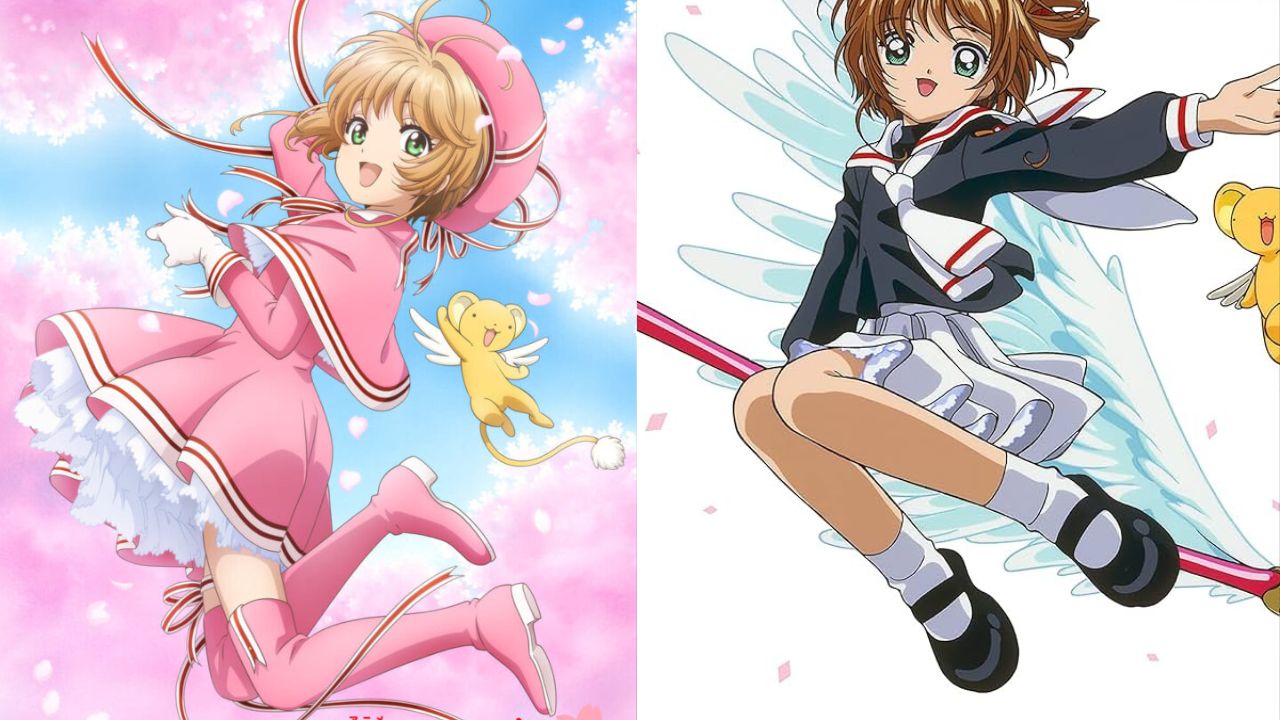
The manga and anime adaptations have resonated with audiences for their blend of sweetness and depth, exploring themes of friendship, courage, and self-discovery.
Notably, Sakura Kinomoto’s character has been noted for potentially pioneering the moe archetype a character type that evokes a sense of protectiveness and affection from viewers.
The influence of Cardcaptor Sakura extends beyond its story, sparking numerous merchandise lines and cultural references.
Its impact on the portrayal of magical girls in media, as well as its contribution to the development of moe characters, underscores its legacy in anime and manga.
4) Banana Fish
Debuting in May 1985, Banana Fish revolutionized shojo manga by diverging from traditional romantic themes to explore crime, mystery, action, and psychological thriller elements.
Created by Akimi Yoshida, the series broke new ground with its mature and complex storyline, setting it apart from the melodramatic romances typical of its time.
Its influence extended significantly into the Boys’ Love (BL) genre, reshaping the scene of manga aimed at depicting relationships between male characters.
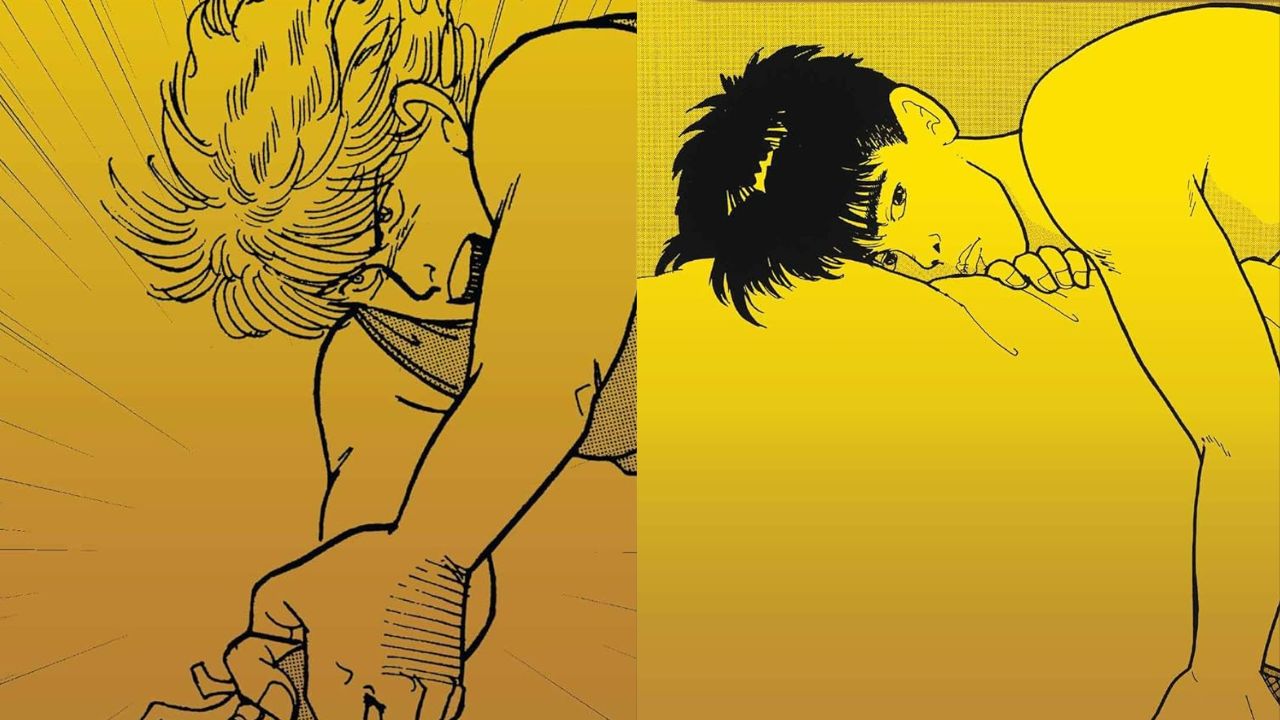
Central to Banana Fish is the dynamic between Ash and Eiji, whose relationship, while not explicitly romantic, carries undeniable emotional depth and subtext.
This portrayal marked a pivotal shift in BL manga, moving away from shojo-like stories set in high school to gritty, realistic romances featuring adult protagonists.
The manga’s exploration of dark themes and the complexities of human connections resonated deeply, paving the way for more nuanced portrayals of love and intimacy in the BL genre.
Banana Fish’s impact continues to be felt in manga and beyond, influencing subsequent works with its story sophistication and thematic depth.
By challenging conventions and delving into mature themes, Akimi Yoshida’s creation remains a seminal work that expanded the possibilities of storytelling in both shojo and BL manga, leaving an enduring legacy in its wake.
5) Sailor Moon
Released in December 1991, Sailor Moon stands as a pioneering force in shaping the magical girl genre, both in Japan and internationally.
Created by Naoko Takeuchi, the series introduced revolutionary concepts such as a team of magical girls banding together to combat evil forces.
This innovative approach set a precedent for countless magical girl series that followed, inspiring a wave of similar stories across different cultures.
Sailor Moon’s impact transcends its initial release, becoming synonymous with iconic transformation sequences, memorable catchphrases, and empowering themes of girl power.
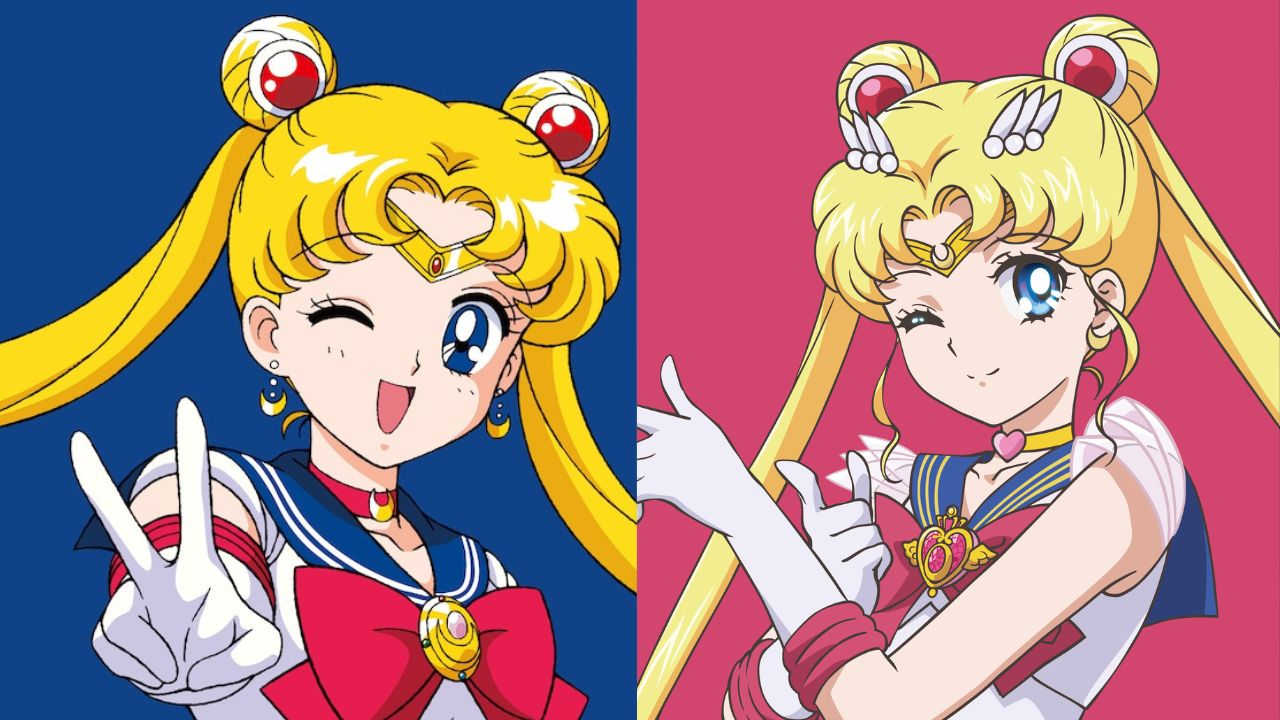
Its influence extends beyond manga and anime fandoms, permeating pop culture through endless parodies and references.
As a gateway series for many newcomers to anime and manga, Sailor Moon continues to capture the imagination of audiences worldwide and remains a beloved classic.
Naoko Takeuchi’s creation continues to thrive through adaptations into various forms of media, showcasing its enduring relevance and cultural significance.
By laying the groundwork for the modern magical girl genre, Sailor Moon has left an indelible mark on storytelling, demonstrating the enduring appeal of stories that blend fantasy, adventure, and the strength of female protagonists.
6) Boys Over Flowers
Debuting in October 1992, Boys Over Flowers stands as the best-selling shojo manga of all time, setting the standard for modern romance stories, especially in reverse harem series.
Created by Yoko Kamio, the series follows Tsukushi Makino, a spirited girl from a modest background who enters an elite school dominated by the wealthy and influential.
Her encounters with the school’s most powerful clique, the F4, spark a tale of love, rivalry, and self-discovery.
Boys Over Flowers’ influence spans beyond manga, inspiring numerous live-action adaptations across Japan, Taiwan, China, Thailand, and South Korea.
Its popularity has transcended borders, becoming a cultural phenomenon in East Asia and even lending its name to a Taiwanese boy band.
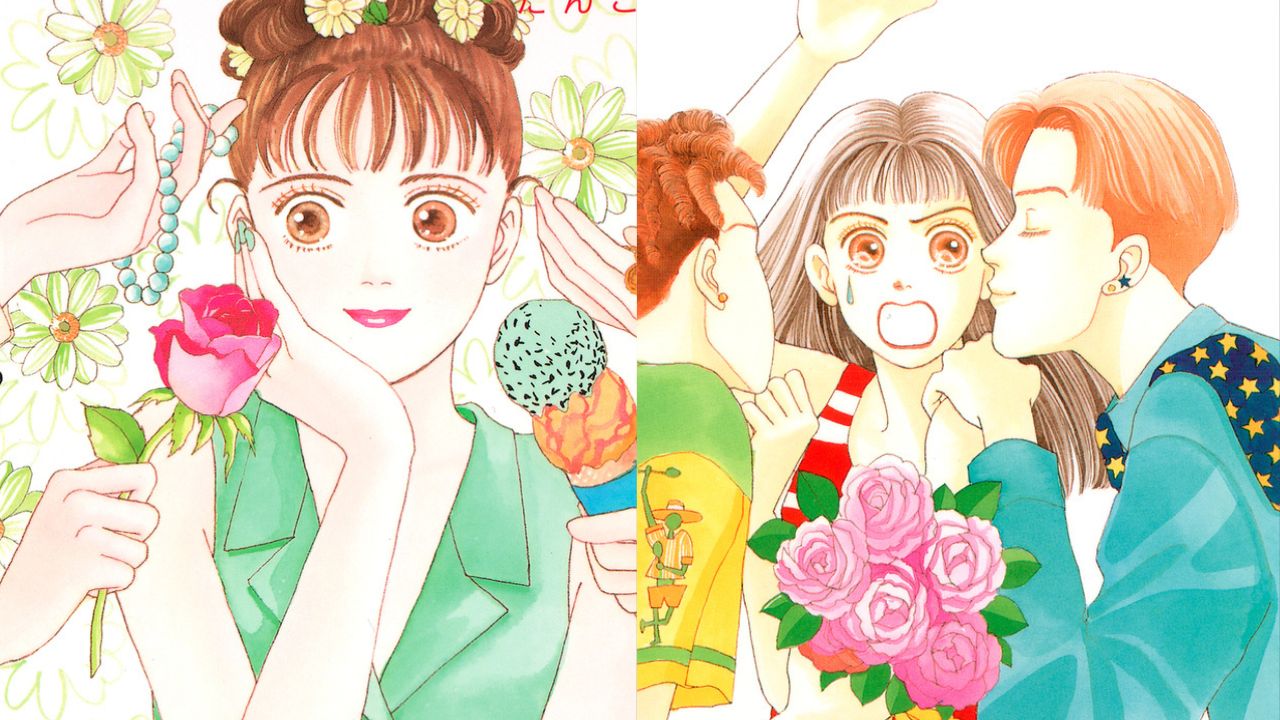
The manga’s enduring appeal lies in its portrayal of class differences, personal growth, and the complexities of relationships amidst opulent settings.
The series’ impact on shojo manga is evident in works like Ouran High School Host Club, which draw inspiration from its formula of romantic intrigue amidst school hierarchy.
Boys Over Flowers’ legacy as a blueprint for impressive storytelling continues to resonate with audiences, showcasing how stories of love and ambition can make readers and viewers alike across different mediums and cultures.
7) Fushigi Yuugi
In 1992, Yuu Watase introduced a groundbreaking series called Fushigi Yuugi, which significantly influenced the shojo genre by popularizing reverse harems and pioneering the concept of isekai.
The story revolves around Miaka Yuuki, a high school student who stumbles upon a mystical book in her school library.
As she begins reading, she is unexpectedly transported into the ancient world depicted in the book filled with political strife, fantastical powers, and intricate romantic relationships.
Miaka finds herself embroiled in a complex web of alliances and conflicts as she handles the unfamiliar world of Ancient China within the book’s pages.
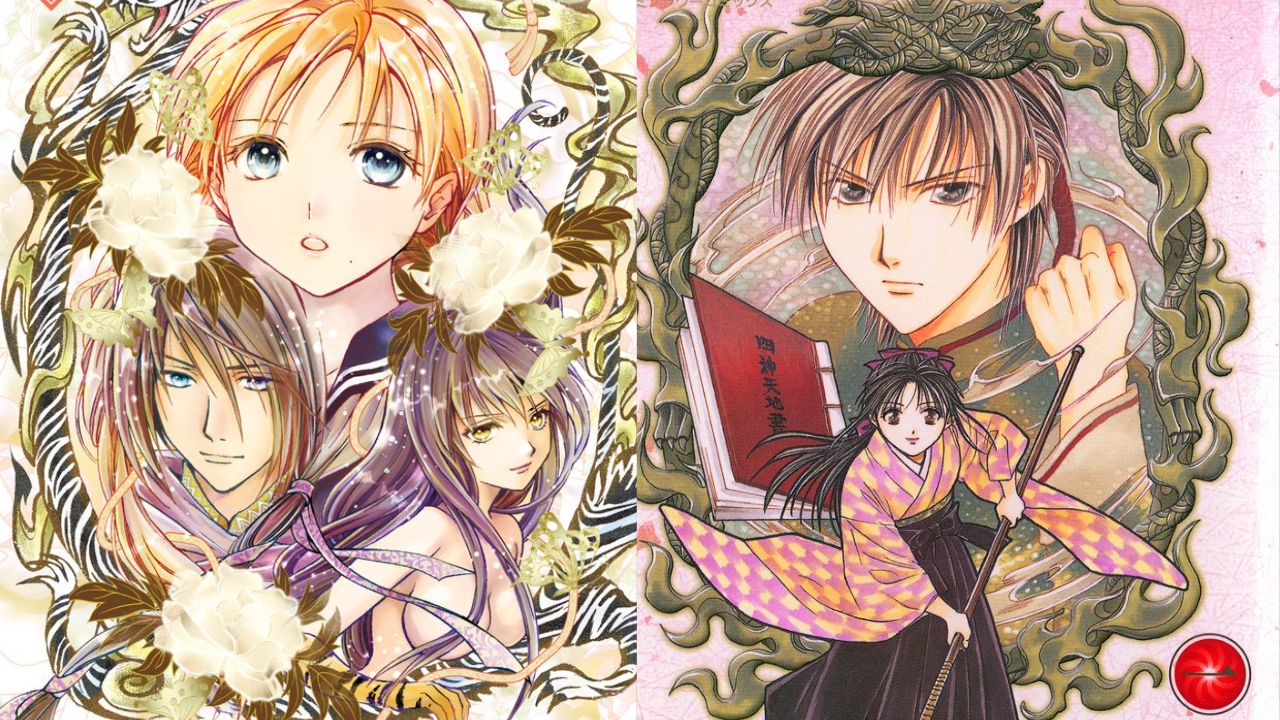
Amidst magical battles and court intrigues, she becomes entangled in heartfelt romances with several charismatic characters who vie for her affections.
This plot twist of a girl from the modern world becoming a central figure in a historical fantasy world charmed audiences and set a new standard for storytelling in shojo manga.
Fushigi Yuugi not only impressed readers with its adventurous plot and romantic tensions but also set a precedent for future isekai series aimed at shojo audiences.
Its innovative blend of otherworldly escapades and romantic entanglements continues to resonate, making it a cornerstone in the evolution of both reverse harems and isekai stories within the manga and anime.
8) The Rose of Versailles
Released in April 1972, The Rose of Versailles stands as a seminal work in manga history, crafted by Riyoko Ikeda.
This mature and realistic historical fiction has left an indelible mark on the genre, resonating with audiences across generations and prompting a resurgence with an upcoming anime film adaptation scheduled for 2025.
It played a pivotal role in reshaping shojo manga, appealing not only to children but also to teenagers and adults alike.
Central to The Rose of Versailles is the character of Oscar François de Jarjayes, whose portrayal as a cross-dressing heroine has had a profound influence.
Oscar’s bold persona has inspired subsequent characters such as Utena Tenjou from Revolutionary Girl Utena, contributing to a legacy of strong, complex female protagonists in the manga.
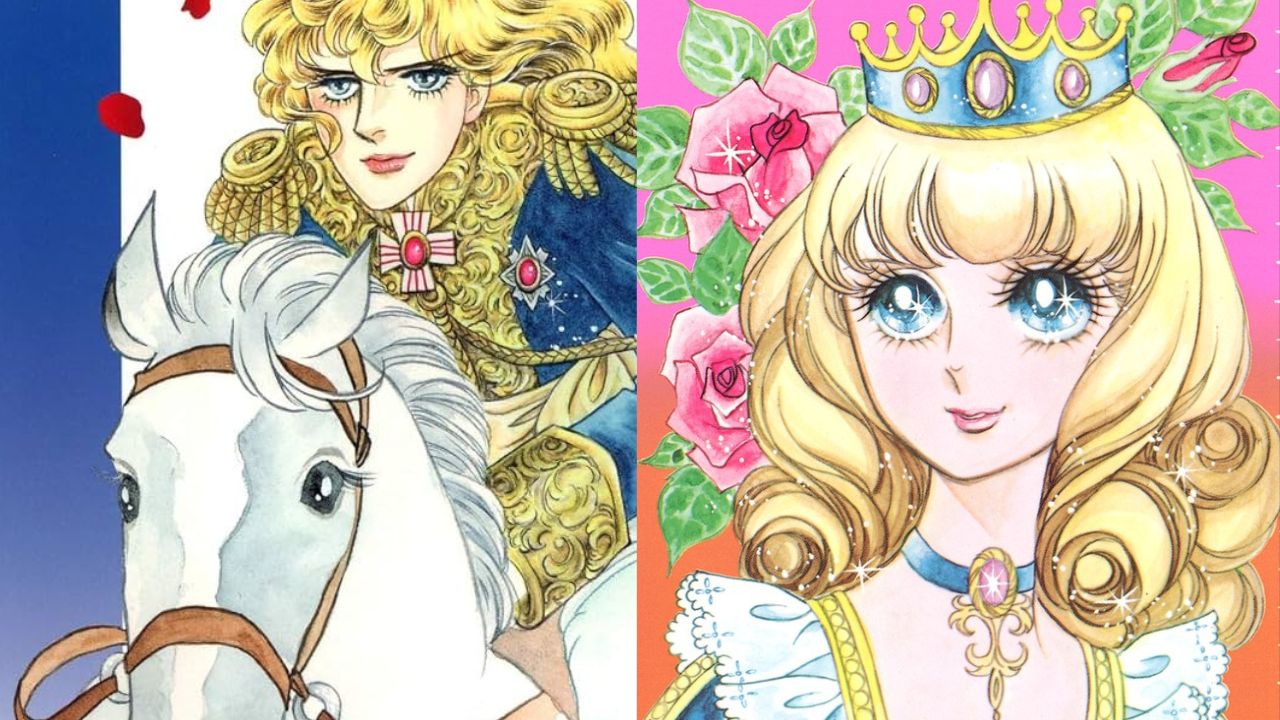
Ikeda’s exploration of gender roles and sexuality within the historical context of Versailles was groundbreaking for its time, offering a nuanced portrayal that challenged societal norms and expectations.
The manga’s enduring popularity underscores its timeless themes and plot depth, capturing the imagination of readers with its blend of drama, romance, and political intrigue.
The Rose of Versailles remains proof of Ikeda’s visionary storytelling, pushing the boundaries of shojo manga by weaving historical accuracy with compelling character dynamics and thought-provoking themes.
Its cultural impact continues to reverberate, cementing its place as a classic that continues to inspire and impress new generations of manga fans.
9) The Heart of Thomas
First published in 1974, The Heart of Thomas holds a pioneering role in the shonen-ai/boys’ love genre, marking an early exploration of themes that would define these genres.
Created by Moto Hagio, the manga unfolds at a German boarding school, where protagonist Juli grapples with profound guilt after receiving a love letter from a classmate who tragically takes their own life.
The Heart of Thomas is celebrated for introducing visual and story techniques that have since become staples in shojo and BL manga.
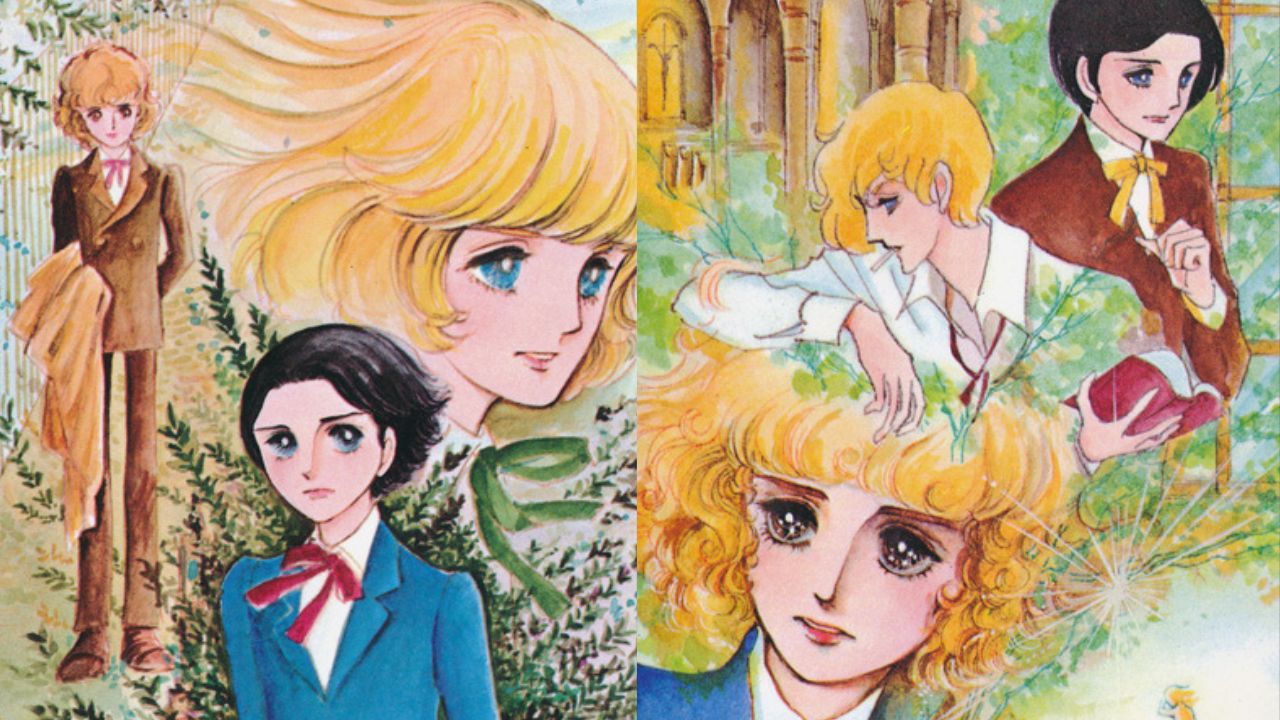
Its deep, introspective storytelling has drawn comparisons to German Bildungsroman literature, highlighting its complexity and character-driven stories.
The manga’s profound impact extends beyond its initial publication, garnering attention from manga scholars and academics for its thematic richness and exploration of human emotions.
Moto Hagio’s work continues to resonate with audiences and creators alike, influencing subsequent generations of shojo and BL manga artists.
The Heart of Thomas remains a seminal piece in manga history, revered for its artistic innovation and poignant exploration of love, loss, and identity.
10) Princess Knight
Debuting in January 1953, Princess Knight is often regarded as one of the earliest shojo manga, crafted by Osamu Tezuka, the legendary figure in manga history.
This pioneering work features Sapphire, a female protagonist handling a plot reminiscent of Shakespeare’s Twelfth Night, where she conceals her true identity by living as both a boy and a girl.
This gender-bending twist was revolutionary for its time and laid the foundation for later explorations of identity and transformation in manga.
Princess Knight is notable for its role in shaping the magical girl genre, presenting Sapphire as a heroic figure who fights injustice while masked as a swashbuckling character akin to Zorro.
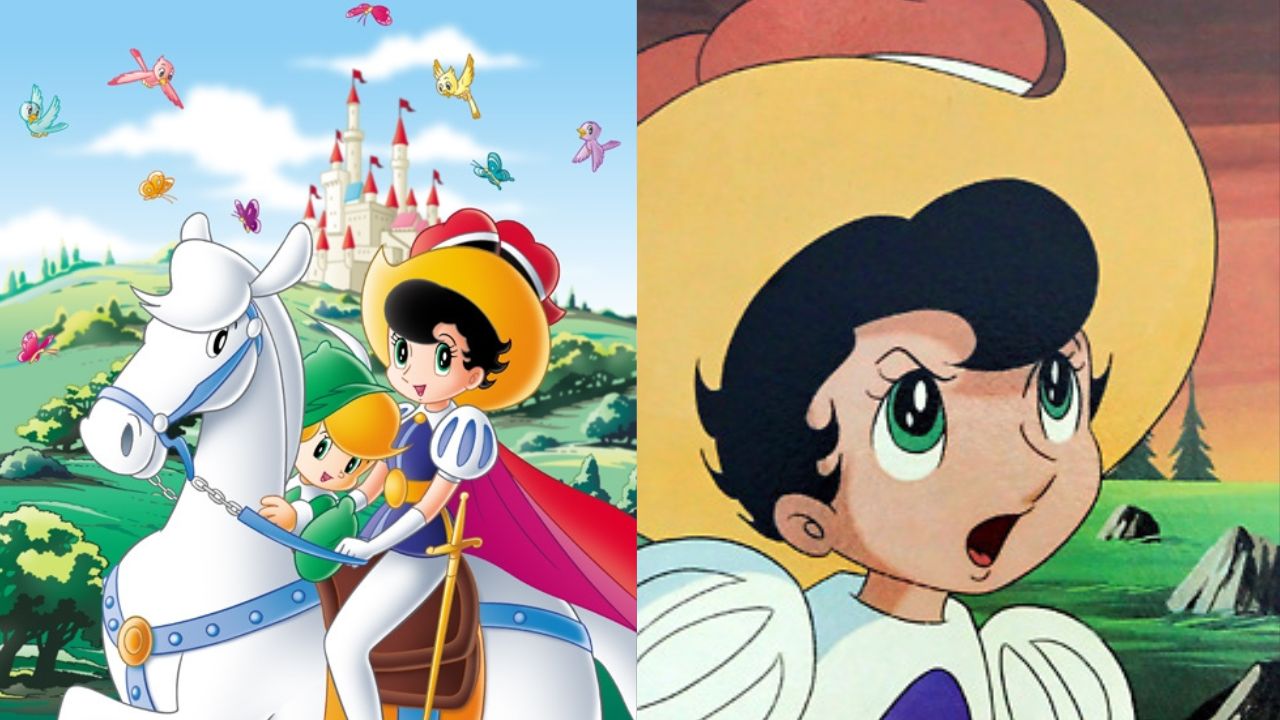
This adventurous premise, coupled with Tezuka’s distinctive artistic style, readers paved the way for future manga that blend fantasy, action, and themes of personal discovery.
The manga’s influence echoes in later works such as The Rose of Versailles and Revolutionary Girl Utena, which further developed and expanded upon its groundbreaking concepts.
Osamu Tezuka’s creation continues to be celebrated for its innovation and enduring impact on manga storytelling.
Princess Knight remains proof of Tezuka’s vision and his ability to challenge conventions, offering readers of all ages and backgrounds compelling stories that explore courage, identity, and the power of transformation through engaging characters and imaginative plots.
Honorable Mentions
Ottori Onee-chan no Ecchi na Honshou [Titiduki]



